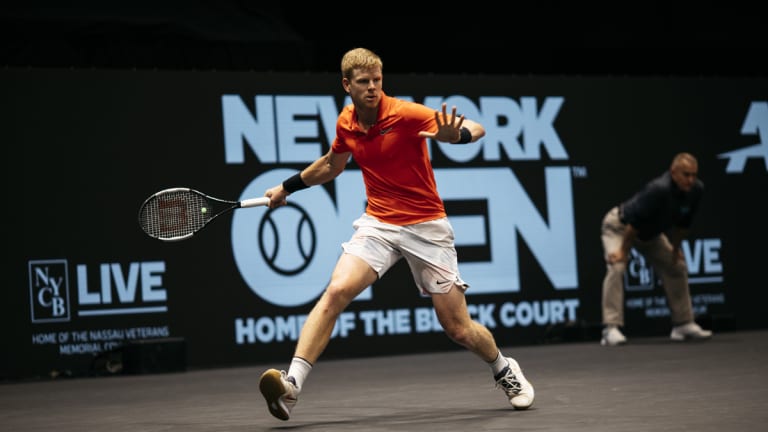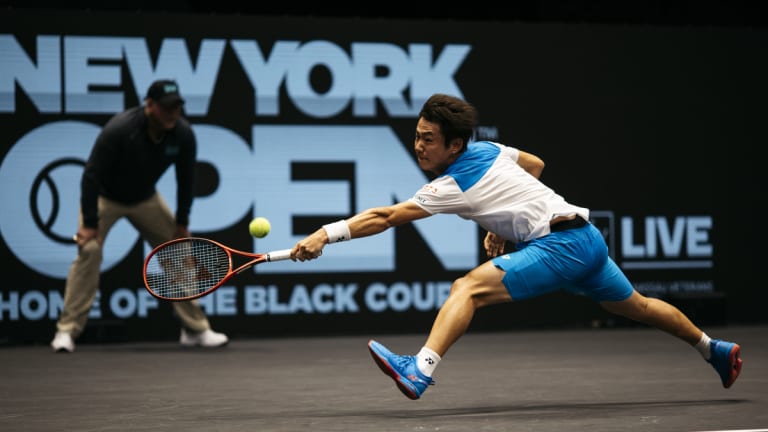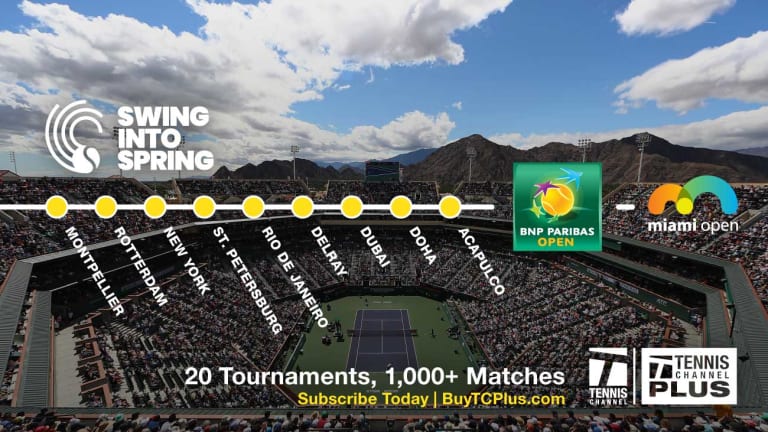ATP New York, USA
If You Can Make It Here: How the New York Open is doing in year three
By Feb 14, 2020ATP New York, USA
Worthy Champion: Edmund eases past Seppi to triumph in New York
By Feb 17, 2020ATP New York, USA
Edmund, Seppi to meet in final of New York Open
Feb 15, 2020ATP New York, USA
First Anderson, now Opelka: Jason Jung topples both Long Island champs
Feb 15, 2020ATP New York, USA
Thompson takes down Isner at New York Open; Opelka opens title defense
Feb 14, 2020ATP New York, USA
Soonwoo Kwon, ATP No. 84, tops No. 2 seed Raonic at New York Open
Feb 13, 2020ATP New York, USA
The best may be yet to come for Tennys Sandgren, tennis' "everyman"
By Feb 12, 2020ATP New York, USA
Opelka to start title defense in New York with confidence
By Feb 12, 2020ATP New York, USA
Steve Johnson edges Tennys Sandgren in New York Open first round
Feb 11, 2020ATP New York, USA
Raonic is gaining steam, focusing on his game instead of injuries
By Feb 10, 2020ATP New York, USA
If You Can Make It Here: How the New York Open is doing in year three
“We want to build the community aspects of our event, and become part of the tennis scene here,” said tournament director Peter Lebedevs.
Published Feb 14, 2020
Advertising

If You Can Make It Here: How the New York Open is doing in year three
© Anita T Aguilar
Advertising

If You Can Make It Here: How the New York Open is doing in year three
© Anita T Aguilar
Advertising

If You Can Make It Here: How the New York Open is doing in year three
© Anita T Aguilar
Advertising

If You Can Make It Here: How the New York Open is doing in year three